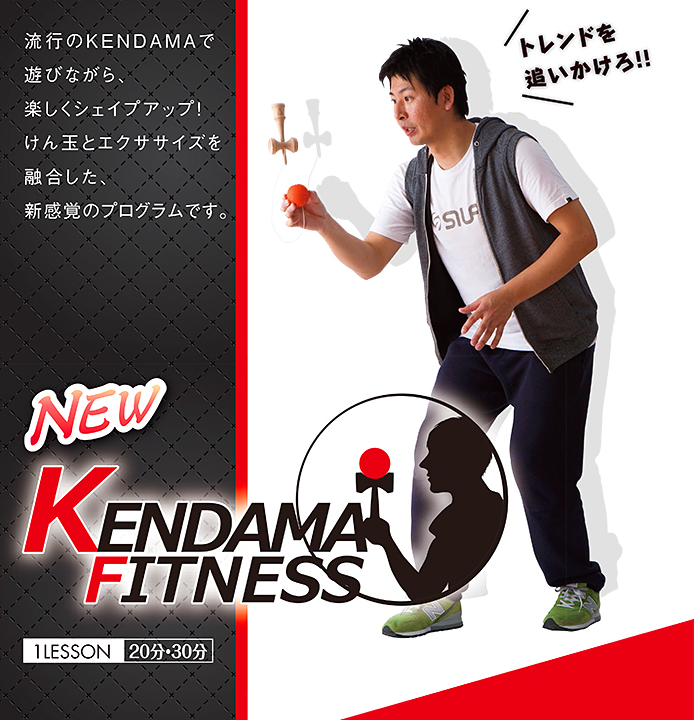I spent the past three days at LinuxCon in Tokyo. It’s been a while since I attended a non-Perl conference and this was the first LinuxCon I have attended. It was different than I was expecting. To begin with it had fewer attendees. I am always surprised by how big tech events can be in Japan. The last Perl conference I attended, YAPC::Asia, had over 1000 attendees. This conference looked as if it had less than 500 people and I had expected it to be much bigger, as I thought that Linux was very popular in Japan, given the large sponsorship it has from companies such as Fujitsu, Hitachi, and NEC.
The attendees were mostly male, like most conferences I attend, but there were a lot of people in formal business attire and it felt more like the commercial conferences I have attended than the grass-roots ones. For example the conference badges listed the companies that people belonged to and not their nicknames or IRC handles. I attended a number of community talks and I was surprised by how few members of the audience actually contributed to an Open Source project. The community talks were also not well attended, but then there were six tracks so it is possible that nothing other than the keynotes was well attended.
There was no swag bags for attendees, but I am rarely keen on those. The t-shirts that were given out were the usual ones designed for men, though there had been an option for women’s t-shirts when signing up, and I was confused by the size. Usually men’s t-shirts in Asia fit me better than US ones but it turned out that these t-shirts are US sizes. It did come in handy as a blanket during the opening keynotes as the air conditioning made the room much too cold and made me wish that I had thought to wear a jacket.
The conference was mainly in English and I was expecting it to be either bilingual or mostly in Japanese. I had attempted to translate my slides into Japanese, so these could be in Japanese and English, but I didn’t see any other slides like that. The Japanese speakers I saw were speaking in English and every question I heard asked was also in English. The keynotes did have simultaneous translation though, which I thought was a good thing. I’m still confused by the lack of Japanese at the conference as the majority of the attendees were local.
I found it hard attending a conference where I knew so few people. Marty was there with some people from his work, but apart from that there was only one other person that I knew. I don’t like large groups of people so found it really hard to speak to anyone. I did speak to a number of the speakers after their talks, but apart from that I didn’t speak to many people. I didn’t attend any of the evening events. I didn’t want to attend the speakers and sponsors event on my own and by the end of the conference I was too drained to attend the main evening event for all attendees.
I am glad that I went, as I did get to learn some interesting things about community and Japanese culture, and I got to meet some other people who are involved in community leadership.




May 30th, 2014 at 10:01 am
One of those monkeys looks familar…